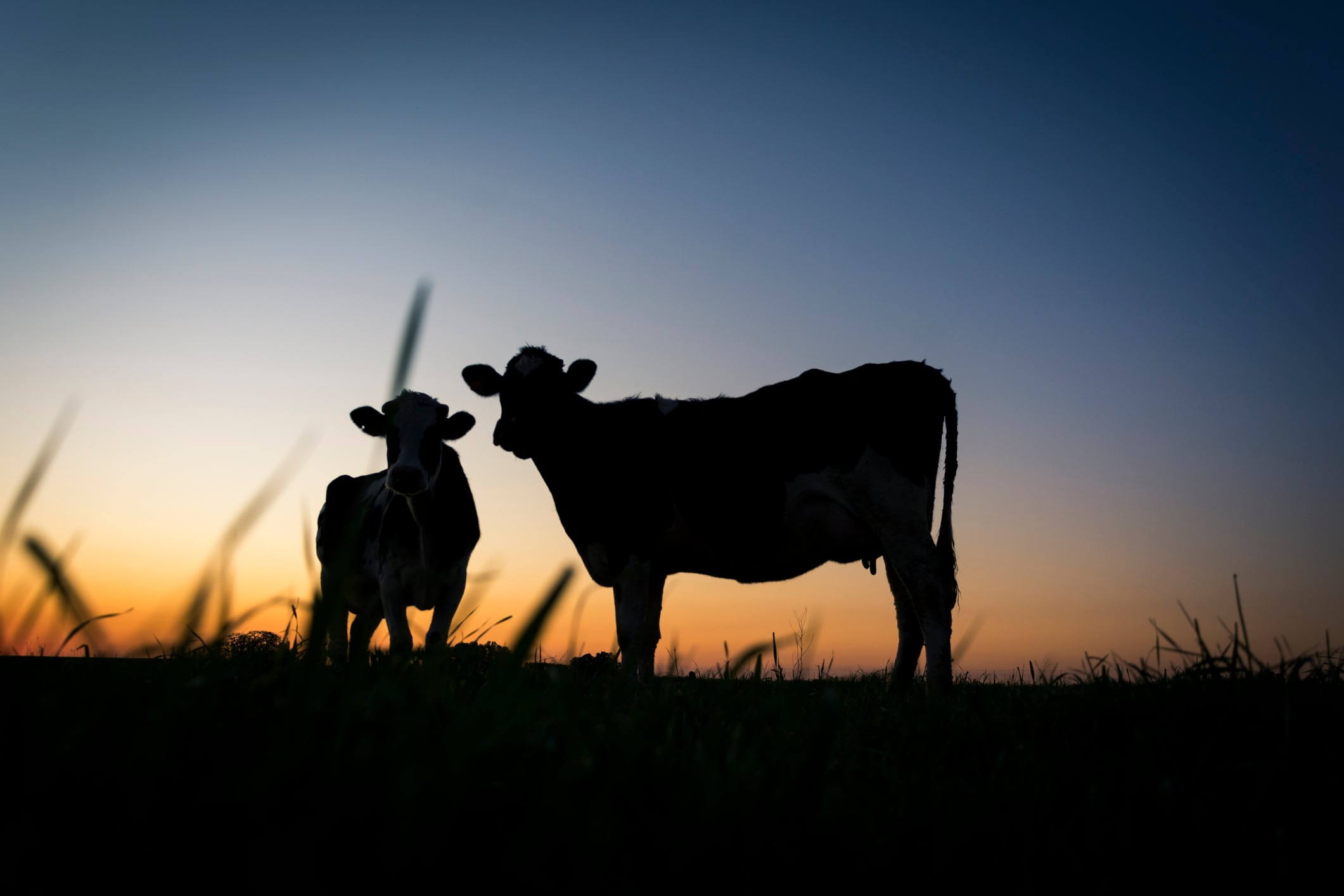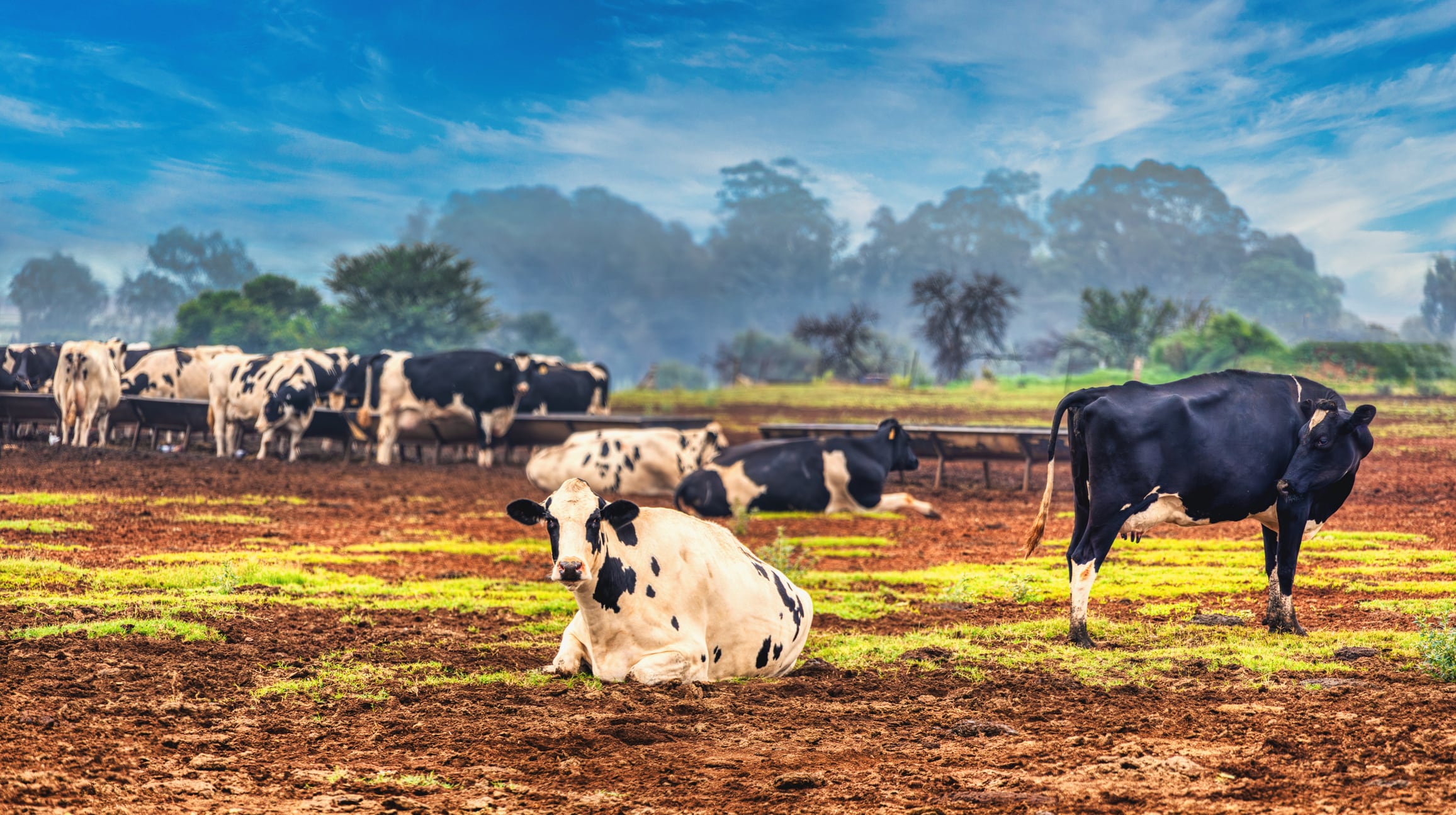From Nigeria to Cameroon, South Africa to Kenya and Uganda, milk production is rising in Africa. But dairy manufacturers and producers are facing rising input costs while consumers are also being impacted by elevated inflation.
In South Africa, with the continent’s highly-developed dairy industry, manufacturers and producers of dairy products are battling an increase in grocery prices, among them dairy products such as processed milk and yogurt.
Nico Fouché, Milk South Africa CEO, said a depressed South African economy is yielding intense competition for consumers’ disposable income and spending. As a result of this, “demand for dairy and other foodstuffs has remained under pressure”.
It is a sentiment shared by Nestlé, which operates the Nesprey factory at Mossel Bay. Other experts say South Africa’s processed milk production will decrease by 2% in 2025 as a result of producer investment in other dairy products.
In the case of Nestlé, the company also exports dairy products from South Africa into the region and works with farmers for the supply of raw milk.
“Like many businesses, we face challenges. Rising grocery prices have impacted affordability,” a spokesperson for Nestlé East and Southern Africa region told us by email.
In addition to this, “counterfeit products remain a concern, particularly in markets like Zimbabwe,” forcing the company to engage with authorities in an effort to protect consumers and ensure that they purchase legitimate products that have clearly labelled nutritional information.
In those markets, Nestlé was now actively enhancing packaging details and nutritional information labelling to support informed consumer choices. Other dairy manufacturers in Zimbabwe such as Dairibord Holdings had seen an uptick in milk intake for production purposes although they are having to put a strong focus and attention on costs.
With the Zimbabwe economy constrained, consumer spending being impacted and production costs spiking, Dairibord is “sustaining its focus on cost containment and efficiency” although it is also pursuing an “aggressive investment in replacement and refurbishment of critical equipment, aimed at boosting production capacity and positioning the group for volume” potential.
Other dairy manufacturers in Africa such as Danone which has direct operations in Morocco, Egypt, Nigeria and Ghana, “economic barriers” such as inflation persist.
“Rising feed costs and limited access to credit prevent farmers from investing in improvements, while fragmented value chains reduce profit margins in Africa,” Alexandra Pecoux, spokesperson for Danone told DairyReporter.
He said affordability and stability of currencies was “extremely relevant in Africa” from a consumer perspective. As a result of this, Danone was “always looking at productivity initiatives to drive efficiency and mitigate the inflation impact” as much as possible.
“Inflation therefore remains a challenge in some markets like Nigeria, Egypt, etc. Combined with repeated devaluations, it puts a lot of pressure on the cost of our products, and in turn, on the prices we are able to offer to our consumers,” he said.
Apart from having a direct presence in African markets, Danone also has a robust partnerships with Brookside in Kenya and Uganda, La Laiterie du Berger in Senegal, Sotherma in Morocco, and Delice Danone in Tunisia. The company has nine factories and runs three farms in Africa excluding its partnership operations.
Standard Bank’s executive head for agribusiness, Louis van Ravesteyn, believes that a competitive economic environment is driving dairy players in SA and Africa to seek economies of scale, with 1000 cow systems proving to be most effective.
For dairy farmers, pasture based feeding is globally recognised as the most cost effective way of producing milk.
For the secondary players or processors, the focus has been on product diversification and shelf live through UTH or Long-Life milk, and milk-powder as a way of driving up efficiencies.
Despite the impacts of inflation casting a spell on the African dairy sector, some producers are seeing potential and have been investing further.
Lactalis notes in its 2024 report that Southern Africa has demonstrated significant growth potential, prompting the company to acquire Cremora milk powder operations in South Africa.




